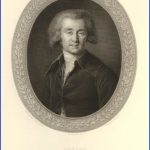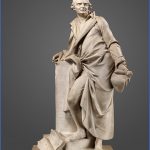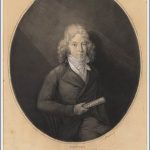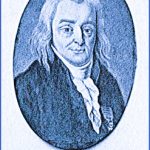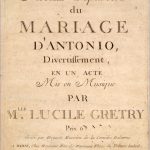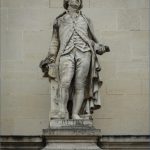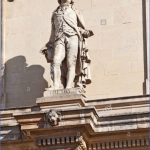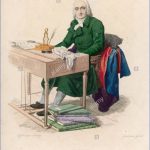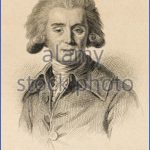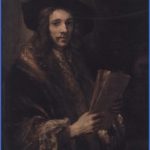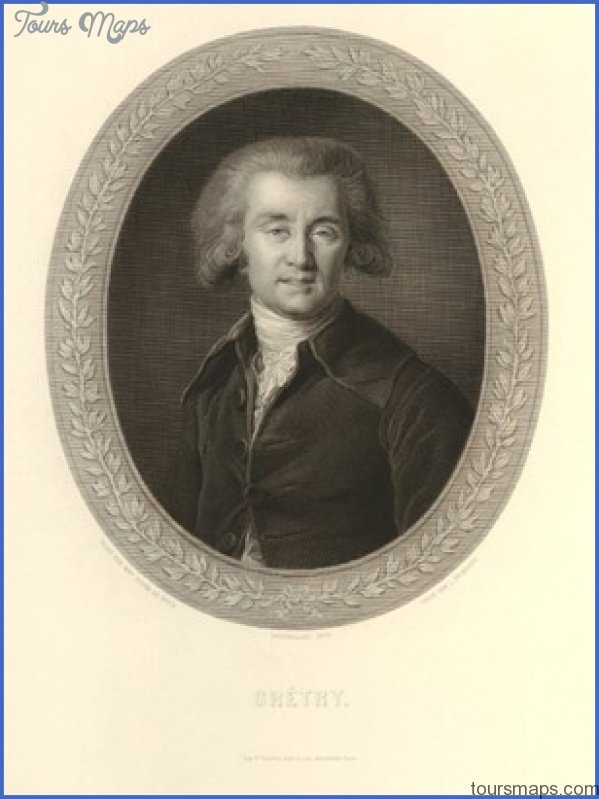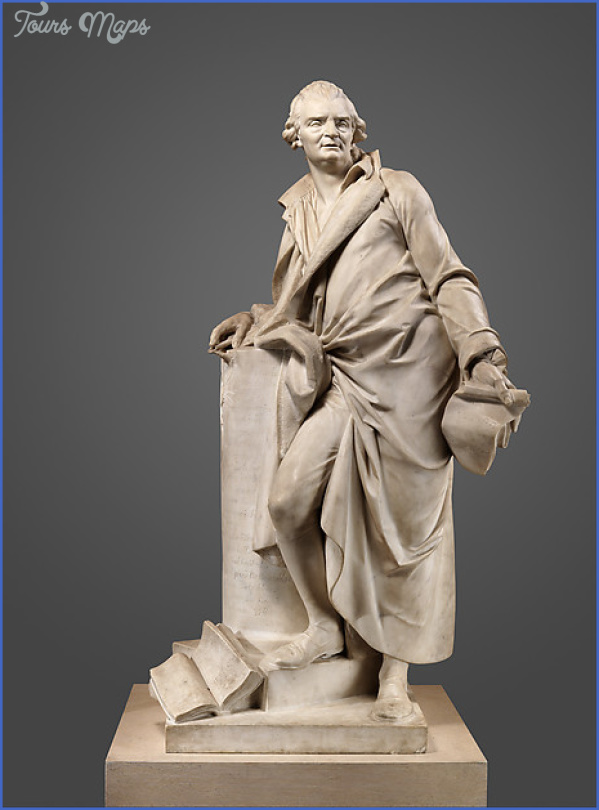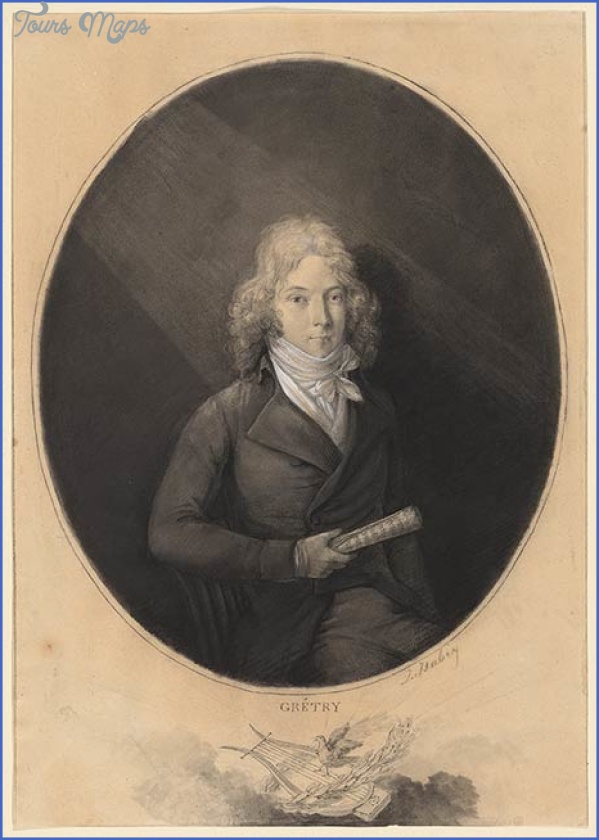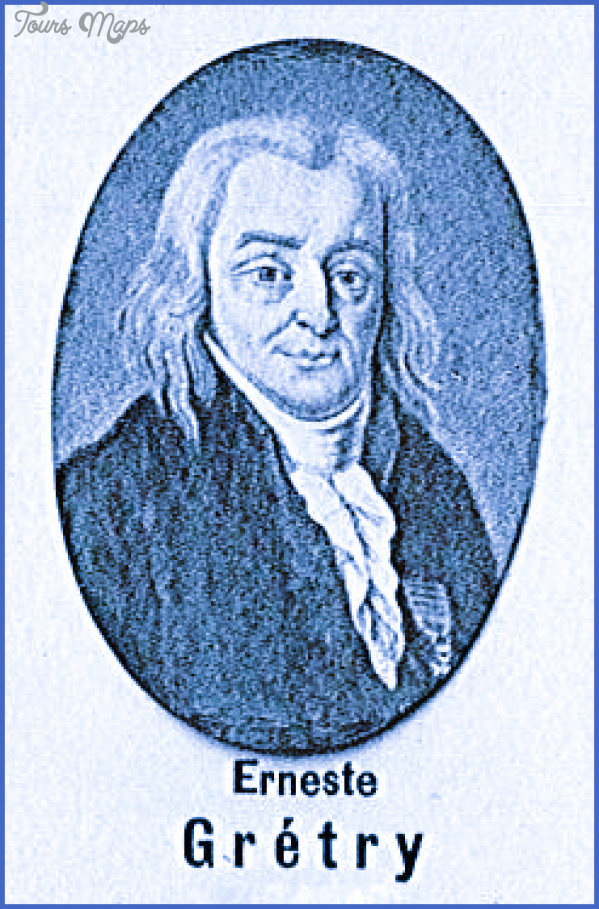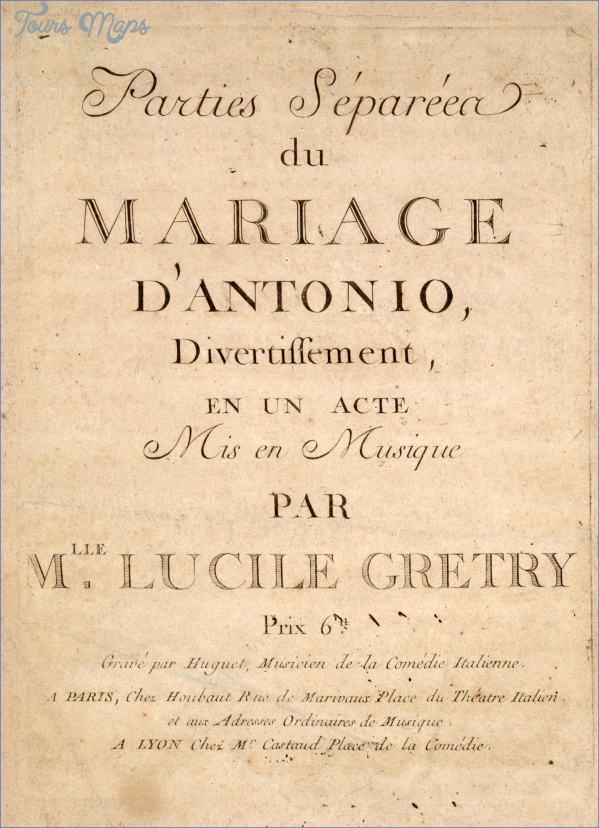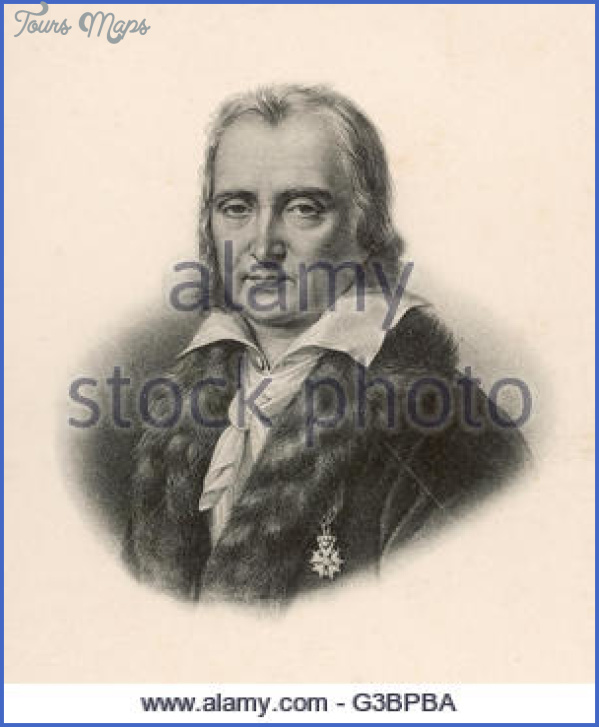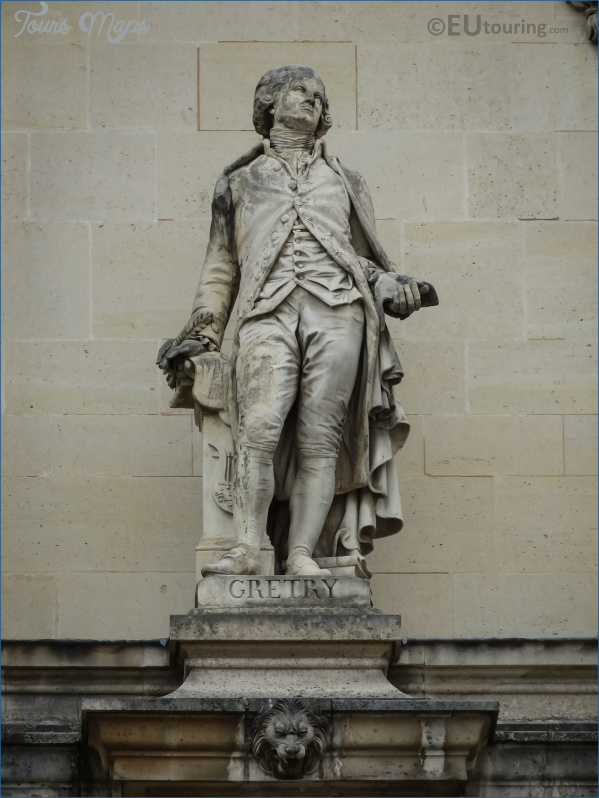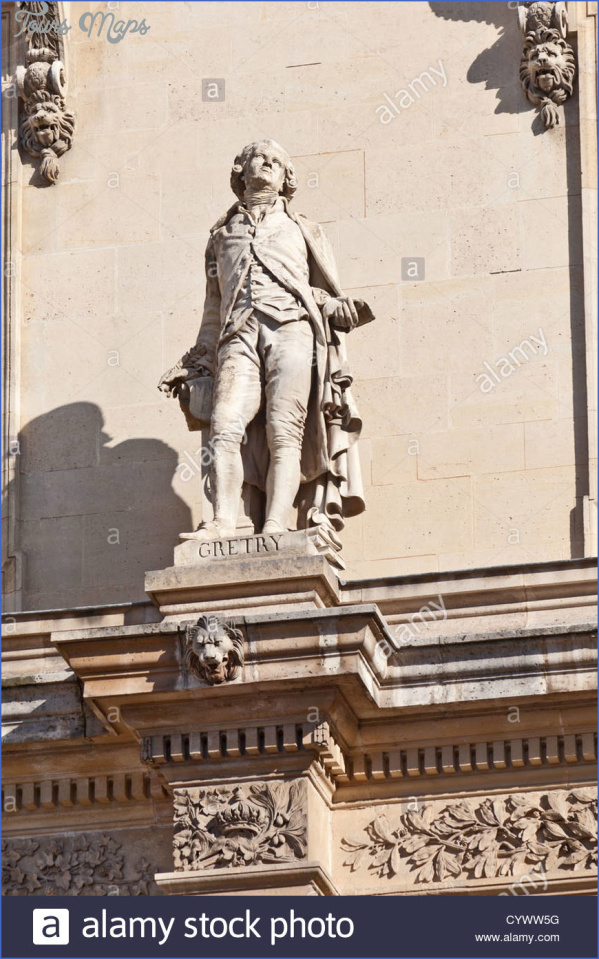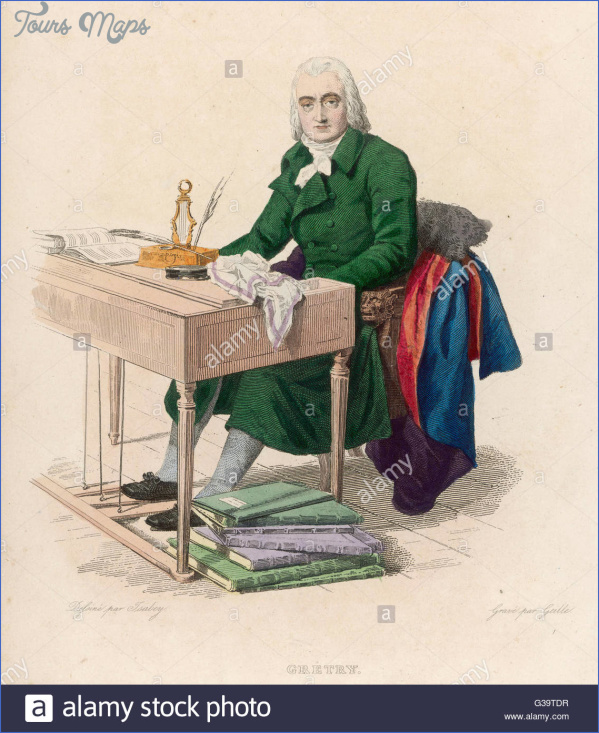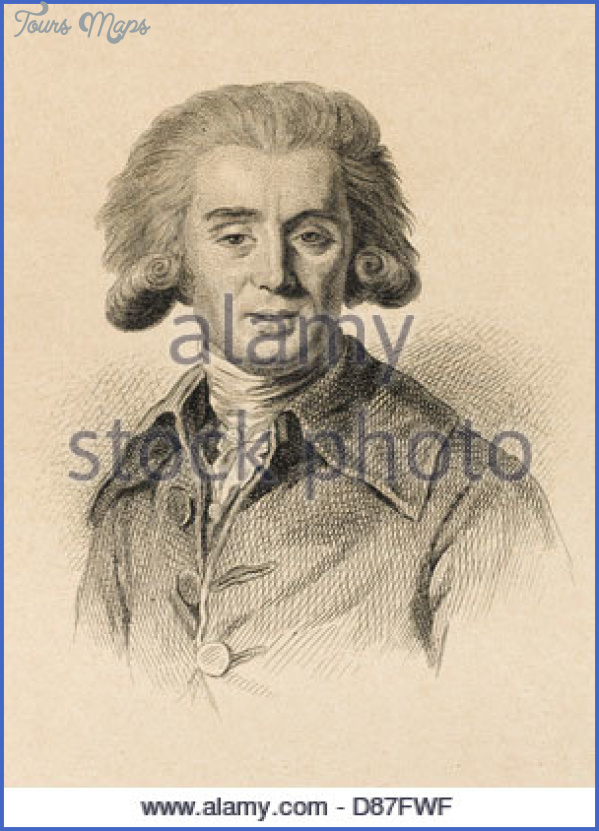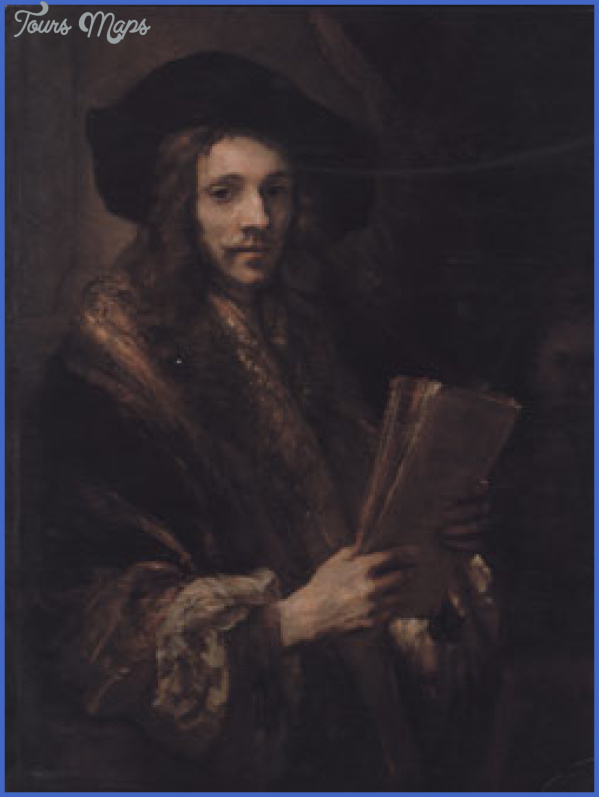GRETRY MUSEUM
Tucked away in a quiet little street in a quiet part of the Outremeuse district of Liege is the timber-framed brick house in which the Belgian maestro of Parisian opera comique, Andre-Ernest-Modeste Gretry, was born on 8 February 1741. Gretry spent his childhood there, serving as a choirboy at St Denis, the collegiate church, until his voice broke in 1758, then took up a scholarship at the College de Liege in Rome in 1761.
Restored in 1912, the airy three-storey building, with its turreted circular staircase at the rear, still preserves a domestic feel – this despite the regimented rows of display cases and portraiture in the upper rooms – which is, perhaps, because the ground-floor kitchen and salon, at the entrance of the museum, are still evocative of the composer’s time. It is difficult not to have one’s imagination aroused by the guide’s tale of the young boy’s accident in the kitchen fireplace or the family pictures in the adjoining salon.
Although the house remained in the family after his parents’ time, Gretry returned to Liege only twice, in 1776 and 1782. The Liegeois eagerly followed his progress: his operas were regularly performed in the city immediately after their Paris premieres. A plaque commemorating his birth, erected in 1811 (two years before his death on 24 September 1813), can be seen in a drawing of the house from 1824 on display in the museum; the square then named after him is now known as Place Yser.
GRETRY MUSEUM Photo Gallery
The birthplace was acquired by the city in 1859. In 1882, Jean-Theodore Radoux, director of the Conservatoire Royal de Musique de Liege, set up a Musee Gretry at the Conservatoire with a collection he had built up over many
Gretry’s birthplace in Liege (rear elevation) years; ten years later he donated the collection to the city but on condition that it remained at the Conservatoire. Later, however, he agreed to its transfer to the Gretry house, and the museum there was inaugurated in the centenary year, 1913. The collection is richest in iconography, but includes autograph manuscripts, correspondence and original documents (Gretry’s account book for 1793-1804, an 1809 copy of his will and newspaper accounts of his funeral), as well as the sort of personal belongings rarely preserved for composers before the 19th century: a ring and cigar case, a powder puff and fans, a magnifying glass and writing utensils, an umbrella and walking stick. There are also period instruments and a few pieces of furniture.
Gretry lived in Paris from 1767. After his retirement in 1807 from the Comedie-Italienne – where his working of the ‘Beauty and the Beast’ story, Zemire et Azor (1771), was his greatest success -Gretry spent his last six years ensconced in J.-J. Rousseau’s former hermitage at Montmorency, a hilltop suburb north of Paris. He was buried with due pomp and ceremony in Pere Lachaise, but he willed his heart to Liege. After family disputes, it was finally interred in the plinth of a marble bust by Rutxhiel in 1828, but in 1842, following the celebrations of Gretry’s centenary, it was transferred to the base of the bronze statue by G. Geefs, gracing the Place de la Republique in front of the Liege opera house.
Maybe You Like Them Too
- Top 10 Islands You Can Buy
- Top 10 Underrated Asian Cities 2023
- Top 10 Reasons Upsizing Will Be a Huge Travel Trend
- Top 10 Scuba Diving Destinations
- World’s 10 Best Places To Visit

